Playing trains, many years down the line
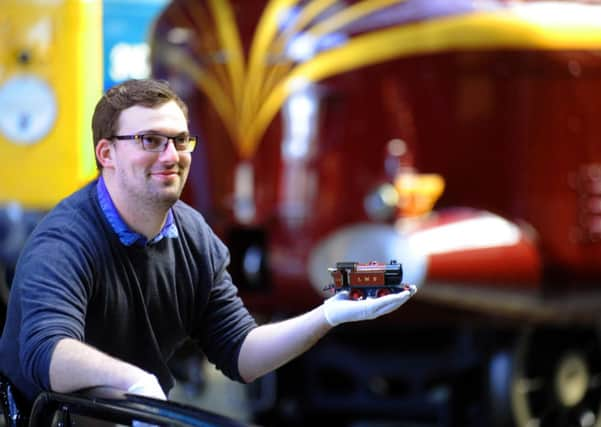

A is the Arch; underneath are the rails
To carry the passengers, baggage and mail. Then, a few alphabetical pages on...
E is the Engine, that wondrous machine,
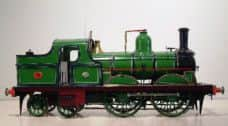

So prettily painted with scarlet and green.
And so on, until the last page:
X is the Excursion, from Brighton which comes
With passengers, soldiers, and rifles, and drums.
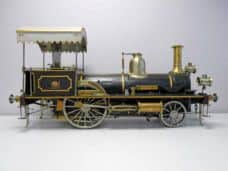

Very ingenious. But there was no Z to end with. We sit round a table, four of us, at the National Railway Museum in York, and try to come up with suitable words. Zebra, suggests press officer Kate Maughan-Brown. Or maybe zoo? Zither? Zigzag? Zodiac?
Advertisement
Hide AdAdvertisement
Hide AdAll fine words, but not much to do with trains. We gaze through the window for inspiration. A few hundred yards away, the midday sun bathes York station’s arching glass canopy with golden light. We’ll have to come back to Z.
We’re here to talk about Playing Trains, the museum’s latest exhibition, which explores children’s fascination with toy railways.
It’s aimed primarily at those children, with plenty of interactive things to keep young hands occupied and young minds engaged. But it will also inevitably conjure up nostalgia for adults, with exhibits from the NRM collection, including around 100 model trains.
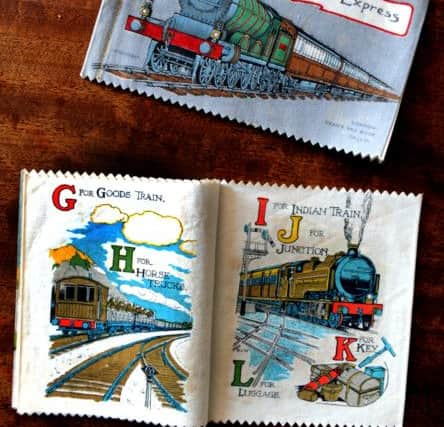

In front of us on the table, for instance, is a real treasure: a Hornby clockwork train set donated by Barry Adams, of Harrogate. His father won it at Horsforth Fair in the 1920s: engines, trucks and carriages, porters’ trolleys, suitcases and tunnels (very short ones) made of tinplate and still in their original boxes. “Mint condition,” says Russell Hollowood, the museum’s associate curator. “Never been bashed about.”
Advertisement
Hide AdAdvertisement
Hide AdHollowood is a rail enthusiast’s enthusiast. He has his own America-inspired train layout at home and is an inexhaustible fund of knowledge about all things railway; he can give it you route and branch-line. He mentions, for instance, that “My Little Pony has a train.” After exhaustive research, I discover it has a pink engine with yellow wheels running on purple track – perhaps the way forward for the stopping-train between York and Sheffield via Ulleskelf, Sherburn-in-Elmet and Pontefract Baghill.
So just what, I ask Hollowood, is the childhood appeal of train sets, of watching model trains go round and round and never getting anywhere, of building stations and peopling them with Lilliputian passengers and porters, and creating miniature landscapes full of picturesque order?
Quick as the Flying Scotsman, he says: “I suppose it’s about creating worlds that children themselves are in charge of. With so much else, other people tell them what to do, but with trains they’re like God. Or the Fat Controller, if you like. But I don’t want to go down the route of psycho-babble.”
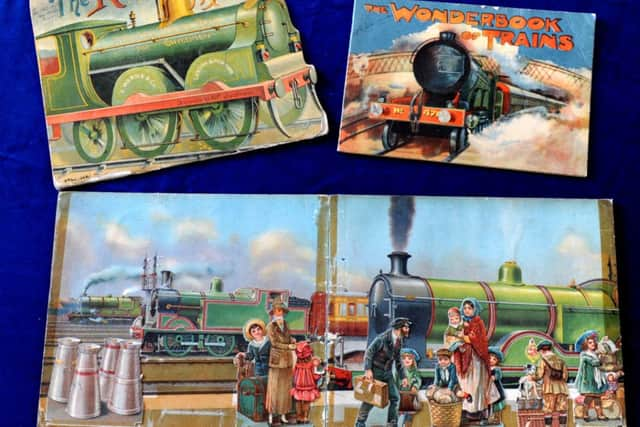

Chris Walker, project manager for Playing Trains, reckons it’s also to do with the noise of trains. “Children relate to the chuff-chuff sound and the clacketty-clack of the engine, the guard blowing his whistle,” he says.
Advertisement
Hide AdAdvertisement
Hide AdWalker stresses that he “didn’t want to make the exhibition a toy factory or an Early Learning Centre or a history of model railways”. So, to broaden it, he put out an appeal for childhood memories – and the stories came in, many still rich with enchantment and excitement of formative years.
“When I was small we used to have a train set that my brother and I would play with,” said one eager respondent. “We used to make buildings out of boxes and have the train going from one room to the other, under chairs which we used as tunnels.”
Another recalled: “When I was about six or seven years old, I had a small circular rail set with a wind-up engine. Each school holiday I would set it up, build a station with my Lego bricks and the train would transport all my small people around the lounge.”
Another: “I had a huge train set. My dad built me mountains, roads, tunnels and bridges... I think he enjoyed it as much as me.” That chimes in with another respondent who thought his parents liked to play with his train set more than he did.
Advertisement
Hide AdAdvertisement
Hide AdSome of the most detailed memories came from Alan Hackett, now in his seventies. “Christmas 1942: My first Hornby train, ‘0’ gauge clockwork... a black 0-4-0 tank engine, with a coal wagon, a milk van – blue with slanted sides – a Fyffes banana van – yellow with a white roof – and a brake van in LMS grey.
“I also got a small station, signal and signal box, a level crossing, a track with two points and a buffer stop. I was so excited I felt overwhelmed all day. I never forgot it.”
Some of the respondents were women, and as one said: “You always assume it’s going to be men who say this kind of thing.” Not the case, says Russell Hollowood. Toy trains appeal to both boys and girls.
“Our relationship with steam trains goes very deep,” he says. “It’s part of the psychology of this country. In France, if children are asked to draw a train, they draw a modern one, but British kids tend to draw steam trains.”
Advertisement
Hide AdAdvertisement
Hide AdIs that because steam trains on heritage lines may be many modern children’s most regular – and most memorable – experience of rail travel? “We still like to think about engines as vast and cuddly things,” he says. “Maybe because the past is a more comfortable place.” Many people, he adds, still see railways as the quaint, cosy world of the 1930s film comedy Oh! Mr Porter.
Rail travel is still thriving, though, with the number of passengers today the highest since the 1940s. And the cover of the current Beano annual shows Dennis the Menace rushing for a train at St Pancras station (and curiously not carrying a mobile phone, the real menace of so much train travel today).
We spend a few minutes rejoicing at the transformation of St Pancras from a windswept, pigeon-splattered barn into one of the most exciting buildings in London, and then sift through some of the exhibits. Among the biggest is a novel 1930s child’s “bed set” designed to look like a sleeping compartment, with the bed styled like a carriage and a desk like an engine.
There’s a late Victorian picture book called The Railway Train. “‘Shall we go in the puff-puff, mama?’ said little Dorothy Price”. They did, and it took them all the way to the seaside, where the beach was cluttered with donkeys and bathing machines.
Advertisement
Hide AdAdvertisement
Hide AdAnd there’s Aunt Louisa’s Railway ABC and the unresolved problem of the letter Z. Well, how about:
Z is for Zoom, which the fastest trains do,
Quick as a zebra escaping a zoo.
Just a suggestion.
• Playing Trains runs at the National Railway Museum, York (0844 815 3139; www.nrm.org.uk) until September 6. Admission to the exhibition is free.